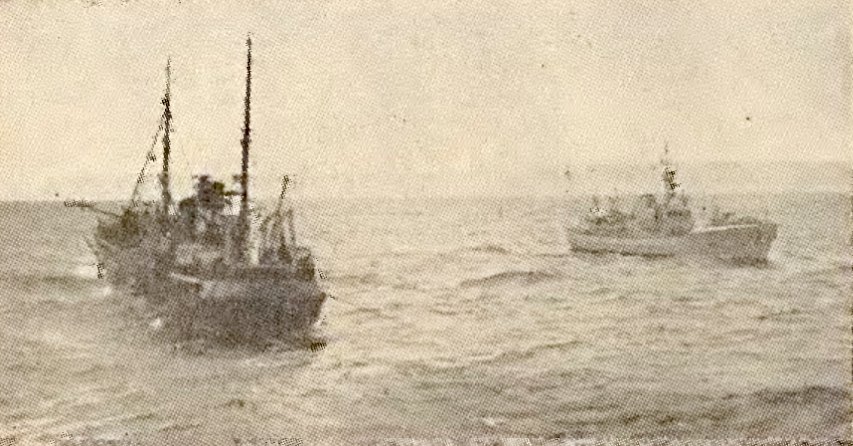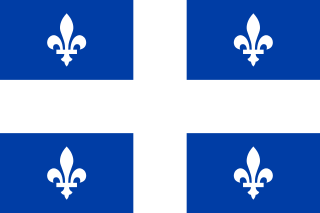The Cod Wars (1958–1976): How Iceland Defended Fishing Rights Against the UK
Published: December 13, 2024

In the mid-20th century, the North Atlantic became the stage for a series of unconventional confrontations between Iceland and the United Kingdom, collectively known as the Cod Wars. Spanning from 1958 to 1976, these disputes centered on fishing rights and territorial waters, leading to naval skirmishes and significant political tension.
Origins of the Conflict
Iceland's economy has long been heavily reliant on fishing, making the preservation of fish stocks, particularly cod, vital. Post-World War II, advancements in fishing technology enabled foreign fleets, notably from the UK, to venture closer to Icelandic shores, intensifying competition over marine resources.
In response, Iceland began unilaterally extending its exclusive fishing zones:
- 1958: Expanded from 4 to 12 nautical miles.
- 1972: Further to 50 nautical miles.
- 1975: Ultimately to 200 nautical miles.
These extensions aimed to protect Iceland's fishing interests but were met with resistance from the UK, which had a longstanding presence in these waters.
The Three Cod Wars
First Cod War (1958–1961)
Following Iceland's extension to 12 nautical miles in 1958, British trawlers continued operations within the new limits, escorted by Royal Navy frigates. Icelandic patrol vessels attempted to enforce the exclusion zone, leading to confrontations at sea. The conflict de-escalated in 1961 when the UK accepted the 12-mile limit, partly due to international pressure and the desire to maintain NATO unity.
Second Cod War (1972–1973)
In 1972, Iceland extended its fishing zone to 50 nautical miles. The UK, unwilling to recognize this claim, dispatched naval escorts for its fishing vessels. Icelandic coastguards employed net-cutting devices to sever the trawls of British ships, escalating tensions. A notable incident involved the Icelandic patrol ship Ægir and the British frigate Apollo, resulting in a collision that caused significant damage. The dispute concluded with a temporary agreement allowing limited British fishing within the 50-mile zone.
Third Cod War (1975–1976)
The most intense of the conflicts began in 1975 when Iceland declared a 200-nautical-mile exclusive economic zone. The UK, dependent on these fishing grounds, once again sent naval escorts. This period saw aggressive maneuvers, including deliberate ramming between vessels. Iceland leveraged its strategic position by threatening to withdraw from NATO and close the U.S. base at Keflavík, a critical asset during the Cold War. Under this pressure, the UK conceded, and in 1976, an agreement was reached granting Iceland control over the 200-mile zone.
Lesser-Known Facts and Anecdotes
Innovative Enforcement: Icelandic coastguards used a device called the "net cutter," designed to sever the trawl wires of encroaching fishing vessels, effectively disabling their fishing capabilities without resorting to lethal force.
David vs. Goliath: Despite its small size and limited naval capabilities, Iceland's strategic use of political leverage, such as the NATO withdrawal threat, showcased how smaller nations could assert their interests against more powerful adversaries.
Cultural Impact: The Cod Wars had a profound effect on Icelandic society, fostering a sense of national unity and reinforcing the importance of sustainable fishing practices, which continue to be a cornerstone of Iceland's environmental policies.
Conclusion
The Cod Wars were not traditional wars but a series of strategic confrontations that reshaped maritime law and fishing rights. Iceland's determination to protect its vital fishing industry led to significant changes in international maritime policies, influencing the establishment of 200-nautical-mile exclusive economic zones worldwide.

